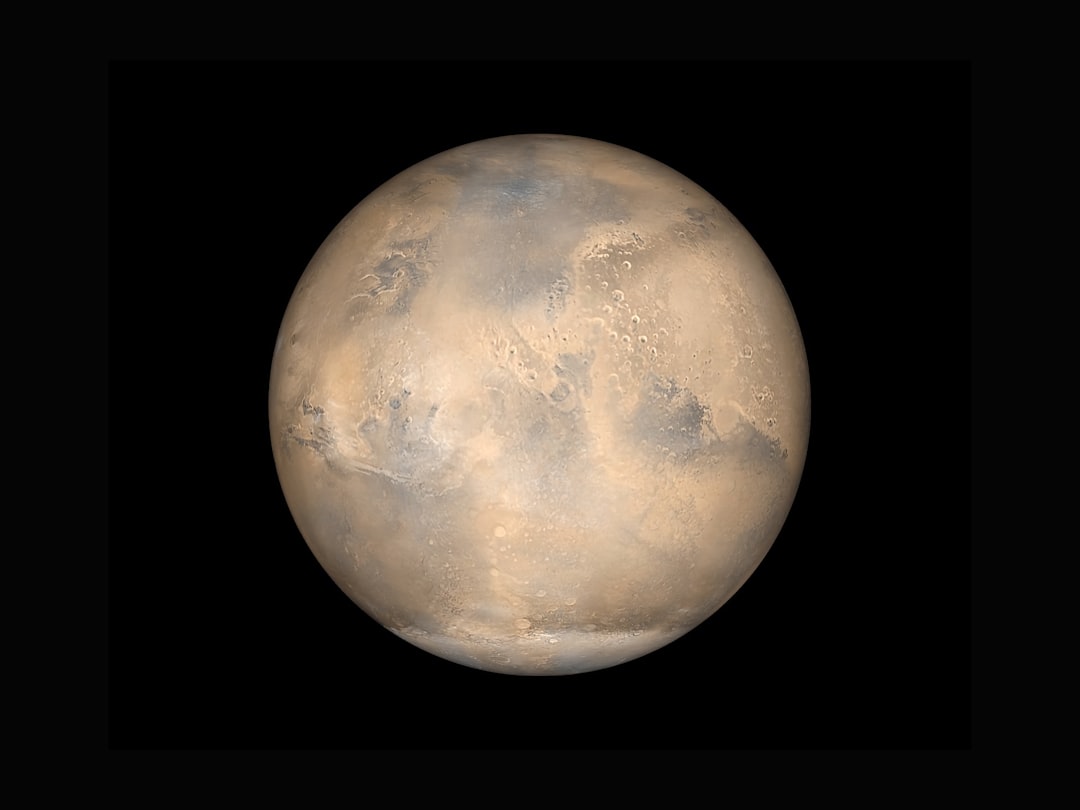What is it about?
We use cutting-edge technology to produce high-resolution seafloor and shallow subsurface images of a complex set of adjacent deep-sea channels in ~1000 meters water depth, offshore central California. We find that channel morphology changes with relative channel maturity (age), from inception to abandonment.
Featured Image
Why is it important?
Our study of a channel system offshore central California provides an important example and potential analog for deep-sea channels in other locations without high-resolution imaging. The Lucia Chica dataset bridges persistent gaps between the scale of outcrop studies and subsurface imaging of deep-water channels. Our paper discusses fundamental concepts in deep-water sedimentology and stratigraphy, including erosional channel inception, channel sinuosity, asymmetry, levees, splays, avulsion, reactivation, abandonment, gradient, and depositional hierarchy within the context of deep-sea channel evolution.
Perspectives
I conducted this research as part of my PhD in the Stanford Project on Deep-water Depositional Systems (SPODDS) research group with S.A. Graham and in collaboration with researchers at MBARI (C.K. Paull, D.W. Caress), and Chevron ETC (A. Fildani, T. McHargue). Check out sister publications on the Lucia Chica dataset in Geology: https://goo.gl/7fTfyq in Journal of Sedimentary Research: https://goo.gl/Vpk3k5 in Marine and Petroleum Geology: doi: 10.1016/j.marpetgeo.2012.03.00
Katherine L Maier
Read the Original
This page is a summary of: Deep-sea channel evolution and stratigraphic architecture from inception to abandonment from high-resolution Autonomous Underwater Vehicle surveys offshore central California, Sedimentology, December 2012, Wiley,
DOI: 10.1111/j.1365-3091.2012.01371.x.
You can read the full text:
Contributors
The following have contributed to this page










